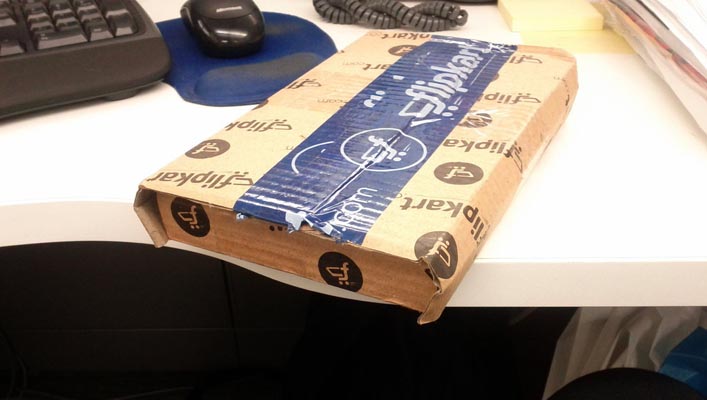3D printed objects aren’t new to us any more. We’ve had 3D-printed cars, 3D-printed space objects, 3D-printed guns and etc. However, if there’s one space where 3D-printing could find optimal usage, it is the Healthcare industry. Working towards the same, Bangalore-based 3D-printing focussed start-up Osteo 3D has successfully helped in the Microvascular reconstruction of a patient’s facial tissues.
Osteo3D is a part of a series of 3D-printing focussed start-ups which the parent company, DF3D operates. The company is working towards making 3D printing more mainstream within the Healthcare and education store. The company’s primary website df3d.com, is a first-of-its-kind design factory for 3D printed objects.
So how did this entire facial reconstruction process begin ? 3 years ago, Mr ‘A’ aged 25 years had a malignant tumour affecting the left upper jaw. He underwent surgery for the removal of the tumour along with the left upper jaw. He was given an option of undergoing immediate reconstruction. However, he refused the same due to lack of awareness of the procedure.
He met Dr. Vishal Rao, a head and neck surgeon who assured him that there are solutions and he could undergo secondary reconstruction with Dr Satyajit Dandagi, a maxillofacial surgeon.
After evaluating the patient for the deformity, availability of the blood vessels in the neck for anastomosis, Dr. Satyajit Dandagi asked for a 3D Printed medical model to be created by Osteo3d for the accurate assessment of the upper jaw defect.
The 3d printed medical model was sterilised and taken into the operation theatre. The fibula flap along with the blood vessels (peroneal) harvested. The bone was cut to fit the defect. The orbital support was checked which will support the eye and the second bone segment was accurately cut to form the upper jaw bearing the teeth. The skin and the muscle cover closed the defect in the palate. All this was pre-fabricated and checked on the 3d printed medical model before cutting the blood vessels of the fibula flap.
Thus reducing the ischemia time (time during which the flap will be without the blood supply till it is fixed to the lost area and blood vessels are joined in the neck to restart the blood flow.)The lesser the ischemia time the better is the outcome. 3d printed medical model for surgical planning increases accuracy for the reconstruction and reduces the ischemia time to great extent.
While 3D printing has been mostly thought of as a tech which you could use to build in cars, chocolates and homes, the healthcare sector could quite possibly the largest beneficiary of 3D printing tech. Using reconstructed models for surgery gives surgeons a near real-time view of the entire structure which they are dealing with.
Speaking on the success of this surgery, Osteo 3D said,
We feel that in many places where cancer surgeries are being performed the surgical reconstruction procedures have not penetrated enough. This could be either due to lack of awareness as well as lack of facilities and lack of expert hands. With the availability of 3d printing technology and increase in awareness by the doctors, it is just a matter of time when this becomes all pervasive.





